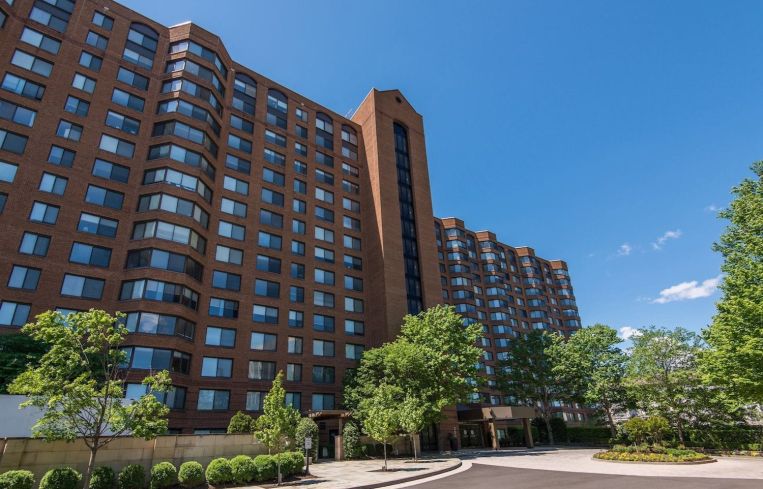HUD’s 2021 Income Data Bumps DC’s Median Family Income By 2.4%
By Keith Loria July 14, 2021 3:37 pm
reprints
New income data released by the U.S. Department of Housing and Urban Development (HUD) for 2021 has reset D.C.’s median family income (once referred to as the area median income), the measure used to dictate eligibility for most affordable housing programs.
In 2021, the MFI for the Washington metropolitan statistical area was recorded at $129,000 for a household of four, which is a 2.4 percent increase over the $126,000 figure in 2020.
D.C. uses the MFI for the metro area to calculate its income limits for such programs as inclusionary zoning, which receive funding from the Housing Production Trust Fund, or other District programs aimed at affordable housing assistance.
A chart released by HUD reveals that, in the inclusionary zoning program, which requires new construction to include affordable units to be considered, a typical unit is a studio or one-bedroom apartment set at 80 percent MFI limits. Using the new numbers, that would work out to a single person earning less than $72,250, or a family of four making less than $100,000.
Many inclusionary zoning programs will have a mix of units targeting different income brackets, ranging from 30 to 120 percent percent MFI, or from $38,700 to $154,800 in annual income for a family of four, according to the updated numbers. Units targeted at those making under 40 percent MFI are considered “deeply affordable.”
The MFI also decides how much residents of those affordable units will pay in rent, since D.C. sets maximum rent at 30 percent or less of income. As an example, a two-bedroom apartment for a family earning under 30 percent MFI would cost no more than $830. However, if that apartment was utilized for a family making 80 percent MFI, it would cost $2,220.
Keith Loria can be reached at kloria@commercialobserver.com.


